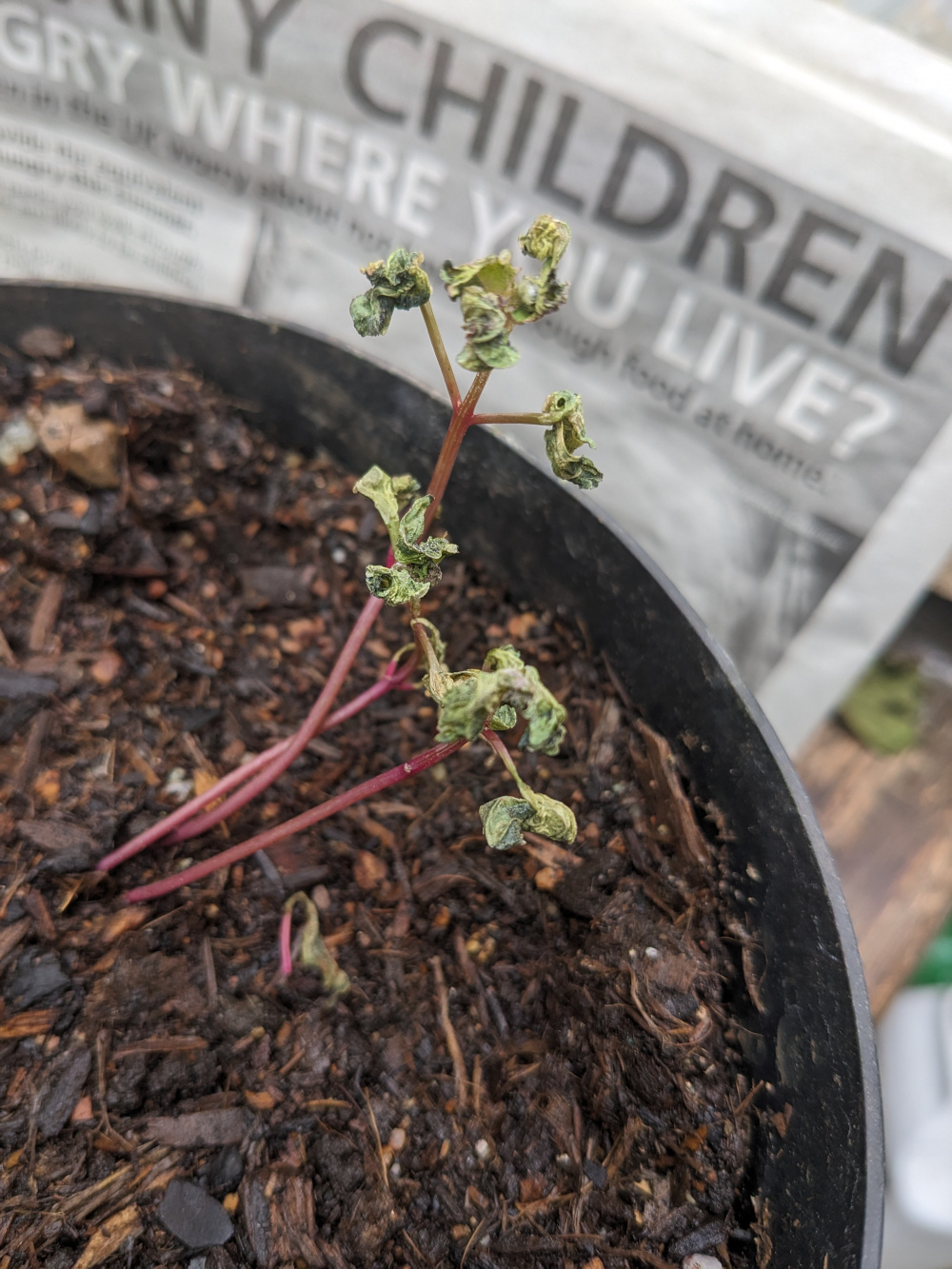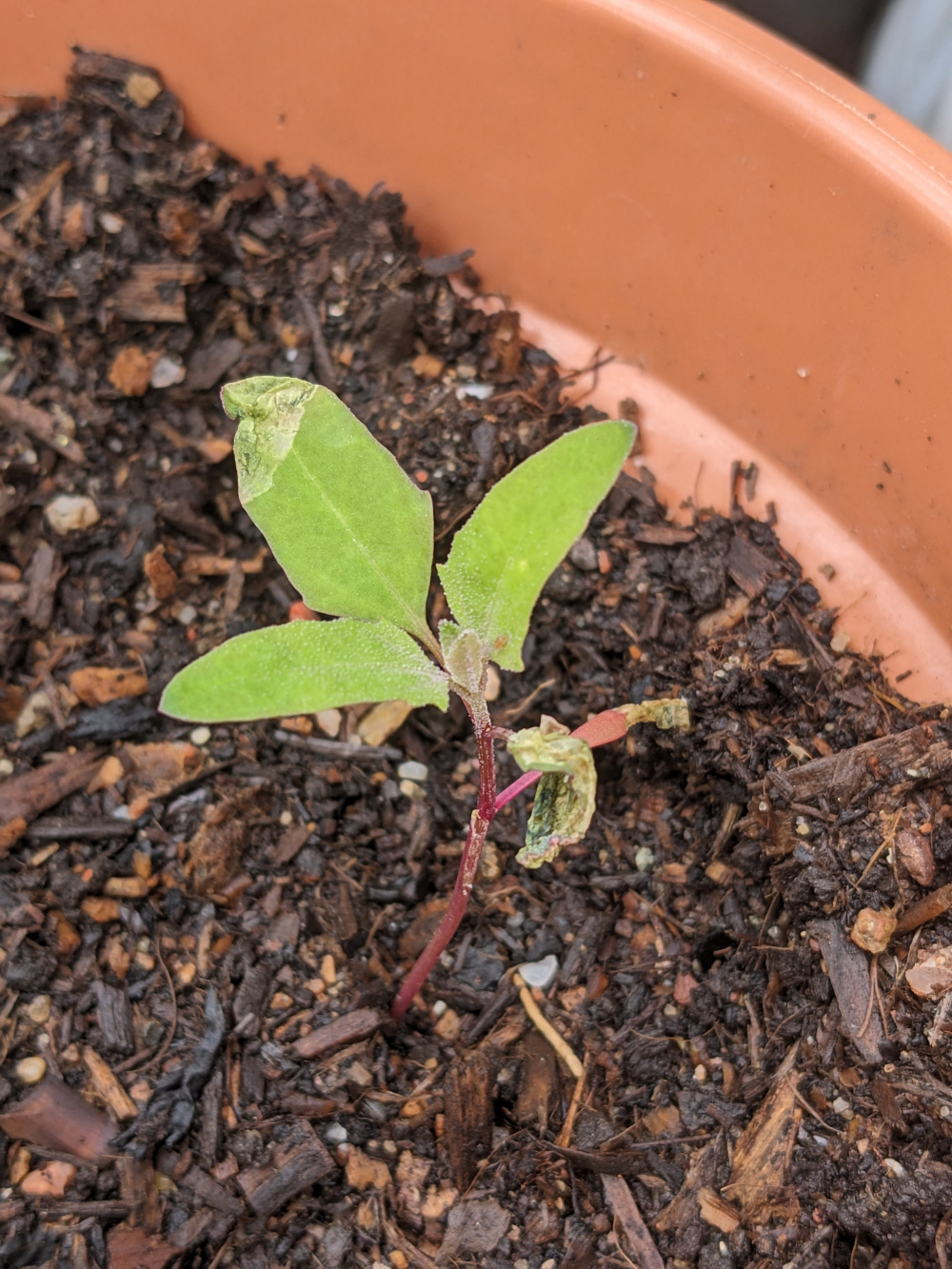This Forum will close on Wednesday 27 March, 2024. Please refer to the announcement on the Discussions page for further detail.
Seedings dying after being potted on
I potted up some very healthy seedlings of the wild spinach variety Giant Goosefoot. Shortly after potting them, most of them started to die. Not the stems, but from the leaf tips inwards, gradually getting crinkly then dying, but the stems appearing still to be alive (but with no chance obviousy of resprouting). I don't think it's fungal, it looks more like some kind of tiny bug. Any ideas?





0
Posts
Re what @Ceres is saying - if the compost isn't ideal, and is poorly draining, that won't help either.
I live in west central Scotland - not where that photo is...
Slugs are just part of gardening here, so you either have to do the relentless patrolling at night [I'm asleep too early for that nonsense] and snipping, or grow plants that are less attractive to them. Not always ideal. Fleshy soft growth is what they love, so it can be difficult with things like large flowering, later clematis. They're consistently out during the day here, so I can snip if I see them.
I've said recently on the forum that one way of keeping them off prized plants until they're big enough to withstand it, is to put troughs/pots raised up in a tray of water. They can't cross the water, and unless they're already in the soil/compost, the only other way they can get to the plants is if there's overhanging foliage or similar nearby for them to bungee in from.
Not attractive, and not ideal if you have loads of plants, but it can be useful for anything terribly vulnerable. It's the only way I can successfully grow lettuce outside.
I live in west central Scotland - not where that photo is...